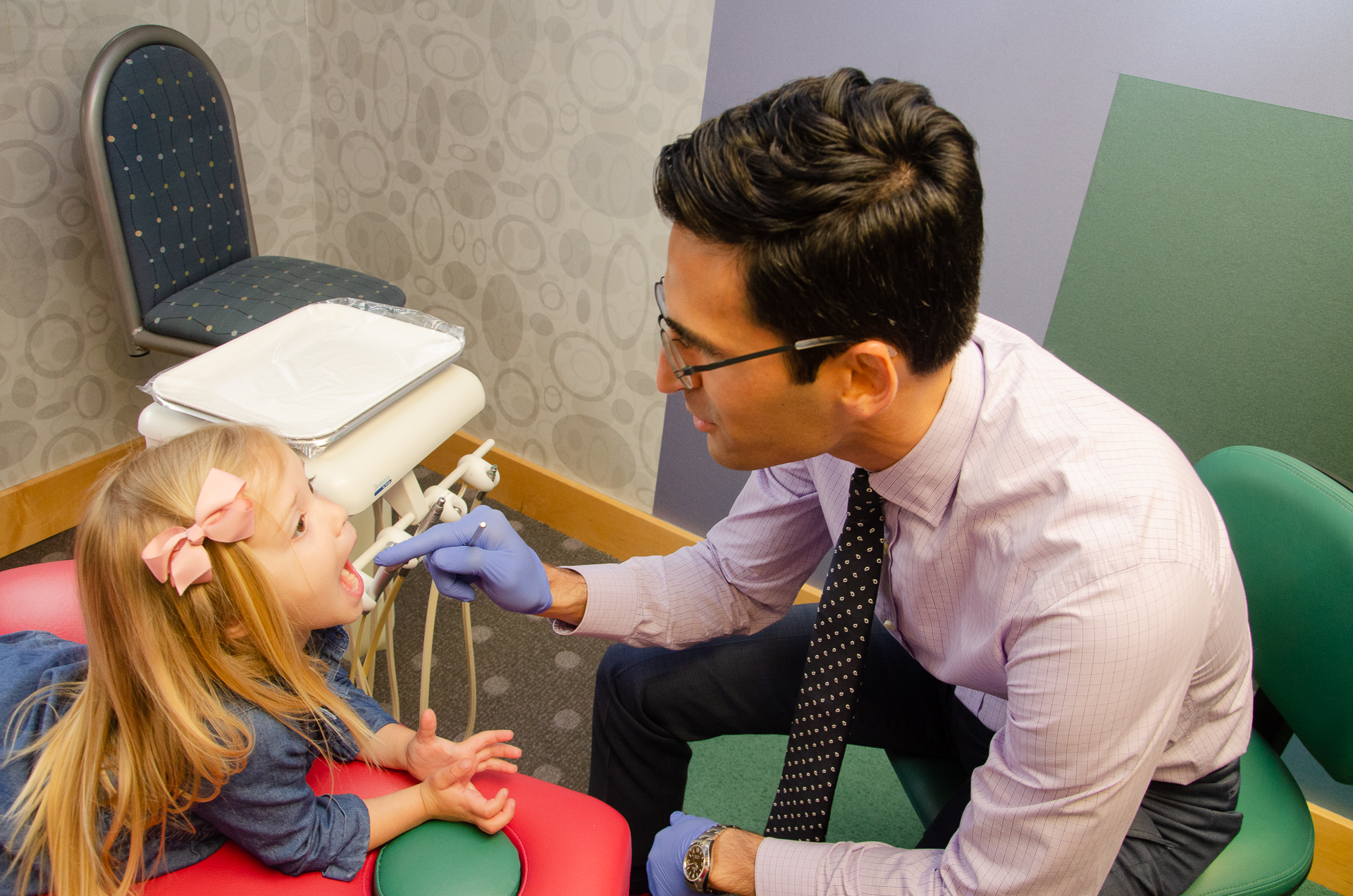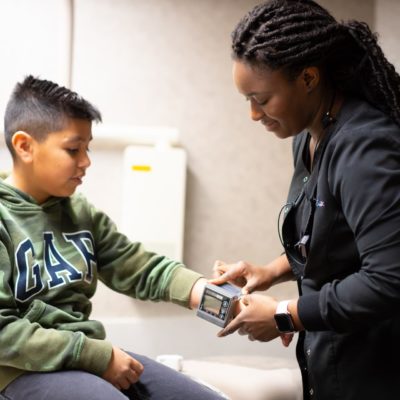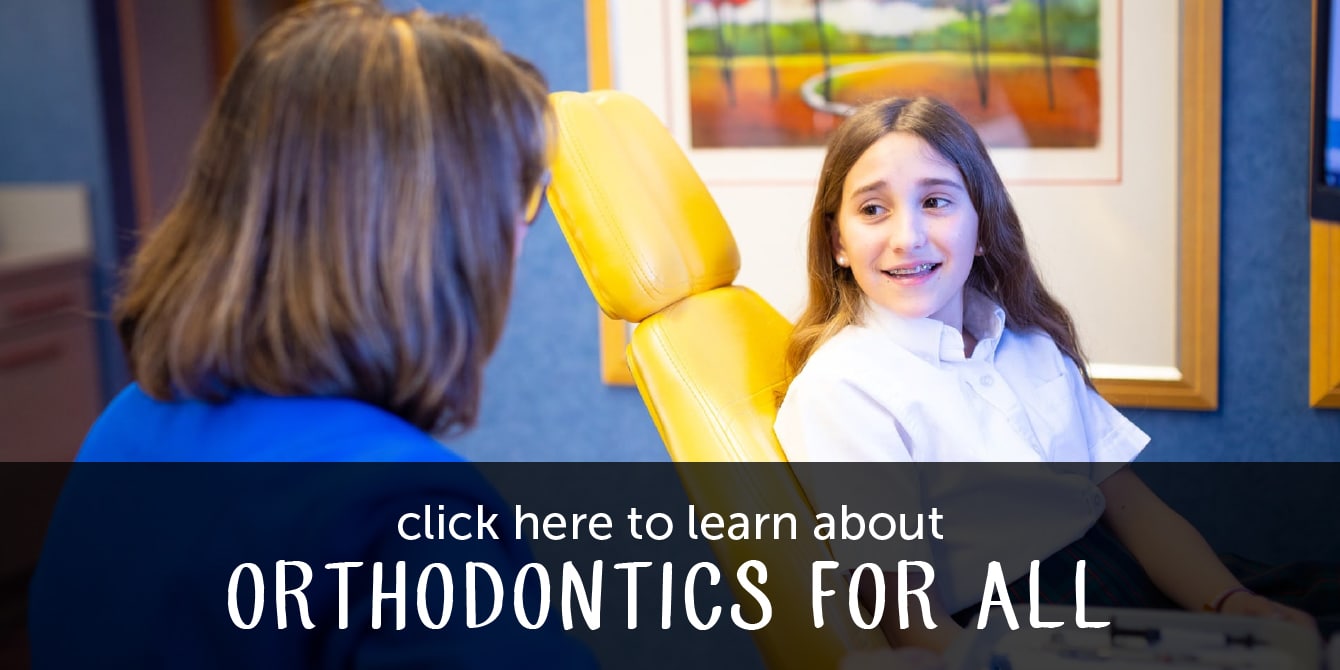Dental Visits:
Schedule dental visits every six months to keep away Mouth Monsters, especially the dreaded Tooth D.K. The routine teeth cleanings at regular check-ups help remove pests like Tartar the Terrible and Ginger Bite-Us. Pediatric dental care is essential for a lifetime of healthy smiles!
Click below to learn more about your child’s first visit to myKIDSdds! Establishing a dental home is not only great for your child but will also help to ensure you’re prepared for the dental milestones to come!

Brushing, Flossing and Fluoride:
Pacifiers and Sucking Habits:
Diet and Snacking:
- Length of time food remains on the teeth
- Number of exposures (times each day) the food creates 20 minutes of acid impact on the teeth.
- Choose foods that clear the mouth quickly through thorough chewing, dissolving or melting versus sticking and remaining on the teeth. If choosing a sugary food, Chocolate kisses, morsels/bars and Ice Cream are preferred for their non-adhering effect.
- Keep an eye on snacking – ideally children should have no more than three snacks a day. Check out our ideas for healthy snacks for teeth below!
Drinks:
- Avoid juices which literally bathe teeth in sugar. Try to limit the amount of juice you give to your child to less than 6 oz. per day.
- Avoid acidic drinks or drinks with a higher pH. Click the button below to view our acidity chart of different beverages.
Quick Snack Guide
Tooth Trauma:
- loose teeth or a tooth that is completely out
- a tooth that is completely out, do not try to put it back into the tooth socket
- any teeth that have been pushed up into the gums
- chipped, broken teeth or the baby tooth is knocked out
- cuts or lacerations on the inside of mouth (tongue and/or cheeks)
- your child avoiding normal habits such as brushing, eating, and drinking or is unable to bite teeth together
Airway:
Pediatric Dental X-Rays:























